UEFA Club Competitions Business Environment 2023–2024: An analysis of the current portfolios of sponsors, media rights, and club sponsorships in connection with the commercial landscape surrounding UEFA competitions
With 245.98 million followers on Facebook, Instagram, and Twitter, the Champions League is currently the soccer league with the largest global following on social media due to its expanding fan base.
The Europa Conference League has struggled to develop a social media following on par with UEFA’s second-tier competition, the Europa League. Of the teams participating in the three UEFA championships, Real Madrid has the largest social media following—313.3 million—across Facebook, Instagram, and Twitter.
The UEFA Champion’s League and some of the biggest broadcasters in the world have struck important deals. For airing all three of UEFA’s club competitions, TNT Sport in the UK is paid $514.18 million in broadcast rights annually. The German rights to the UEFA Champions League will be held by DAZN from 2022–2024; the yearly agreement is estimated to be worth $235.06–$258.57 million.
One of the most lucrative events in sports, the Champions League competition this season is expected to bring in $606.33 million in sponsorship revenue. The publisher claims that Heineken’s three-year, $65 million contract with the Champions League is the most valuable deal currently in place. The Europa League and Europa Conference League split their commercial earnings, with $314 million in sponsorship income for the competitions of the current season.
Important Points
The Champions League has the largest social media following, which is not surprising. The competition’s yearly final draws a sizable crowd, which is in line with fans’ desire to keep up with the competition on its numerous social media platforms. The Champions League has over 200 million more social media followers than the combined number of fans of the Europa League.
The two Spanish powerhouses, Real Madrid and Barcelona, have the largest social media followings of any soccer team in the world. Both teams have had incredible success in European competitions and have dominated local soccer for decades, with Real Madrid leading the way. They have thus accumulated substantial social media fan bases.
Liverpool is, without a doubt, the most followed team among the 32 teams that competed in the Europa League group stages, with nearly 111 million followers. This is almost 92 million more followers than Roma, who finished in second place with roughly 18.9 million followers.
Fenerbahce has the largest social media following in the Europa Conference division, with a combined following of over 29 million. Besiktas and Aston Villa have respective fan bases of about 17 million and 11 million.
UEFA added two new partners to their Champions League sponsorship portfolio in July and September of 2022: Turkish Airlines and Oppo. The publisher claims that Turkish Airlines has agreed to pay $60 million for a one-year deal that will allow the airline’s brand to be seen on broadcast backdrops, in-depth perimeter advertising, the company website, and social media. Oppo, however, has agreed to a two-year deal worth an estimated $24 million annually to serve as one of the global sponsors for the competition.
The report claims that Barcelona has the biggest kit supplier agreement among the 32 teams that will play in the 2023–24 Champions League. The Catalan team and Nike signed a five-year contract extension in 2016 that was worth an astounding $169.32 million a year.
Report Purpose
- This study provides an evaluation of the current status of kit suppliers and team agreements for teams competing in UEFA competitions.
- It also sums up the current state of the media surrounding UEFA. In connection with other continental competitions, this paper investigates the following on social media.
- This study provides an analysis of the current sponsorship landscape for UEFA competition teams.
- a careful analysis of UEFA’s income, sponsorship portfolio, and challenges in expanding its commercial footprint.
Principal Advantages
- For those interested in a thorough analysis of UEFA’s current state of play.
- General UEFA statistics, such as social media followings, are included.
- The research will also be interesting to those who are interested in learning about the kinds of brands that sponsor UEFA’s clubs and competitions. The most well-known companies and markets, as well as the ones that profit the most from them, have been identified.


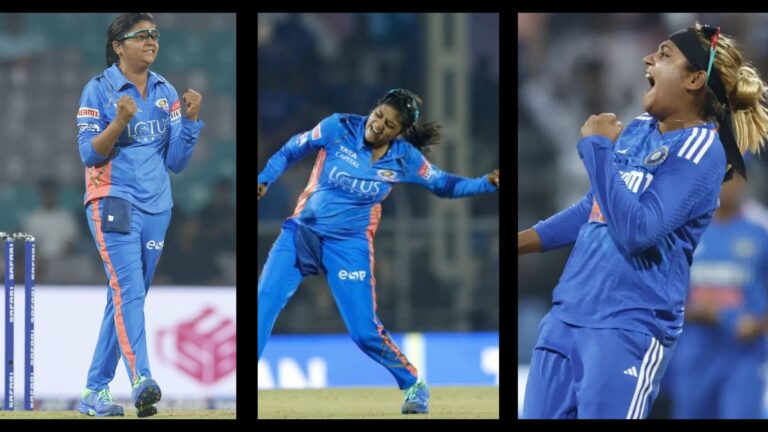
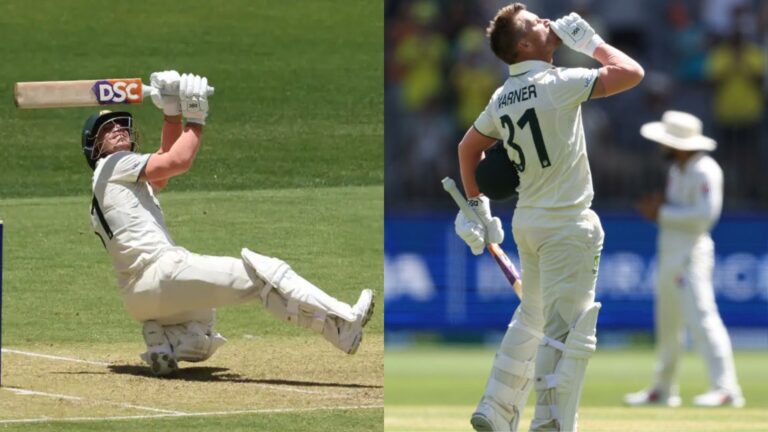
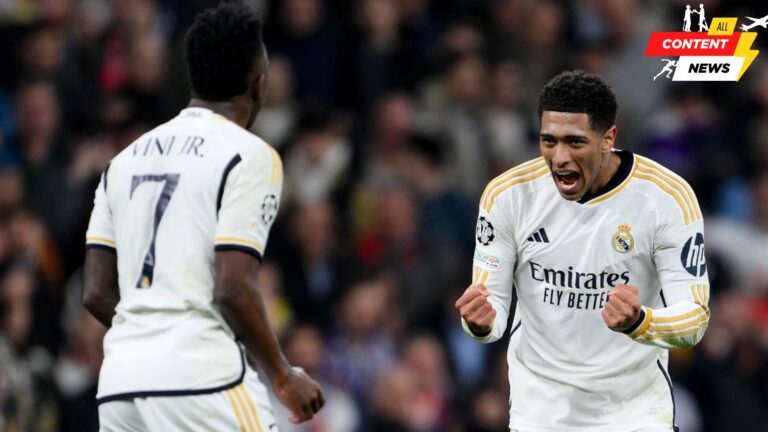
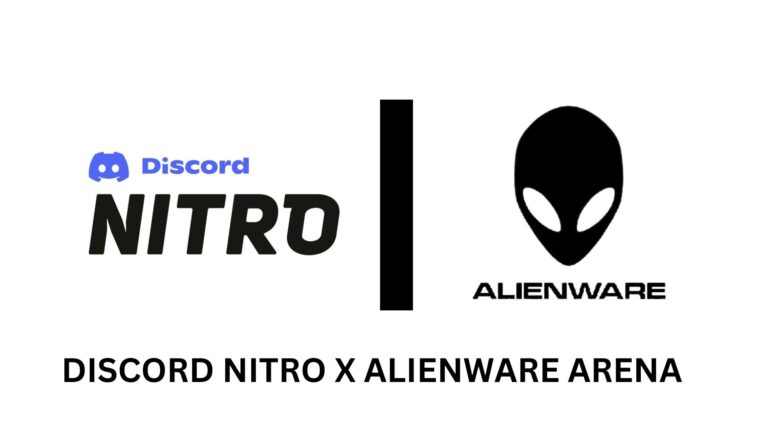





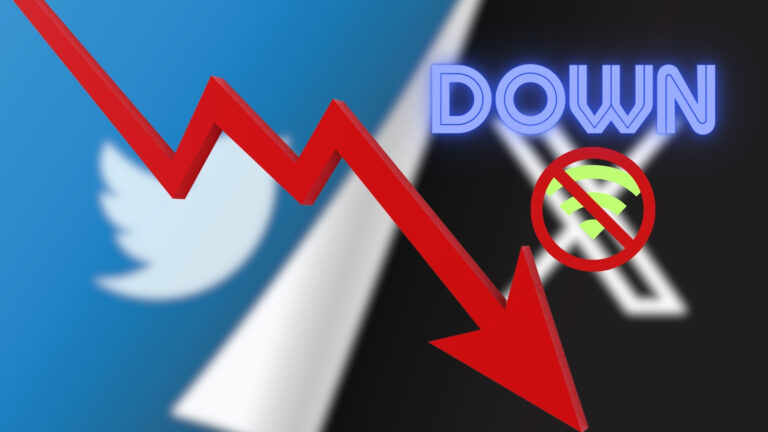

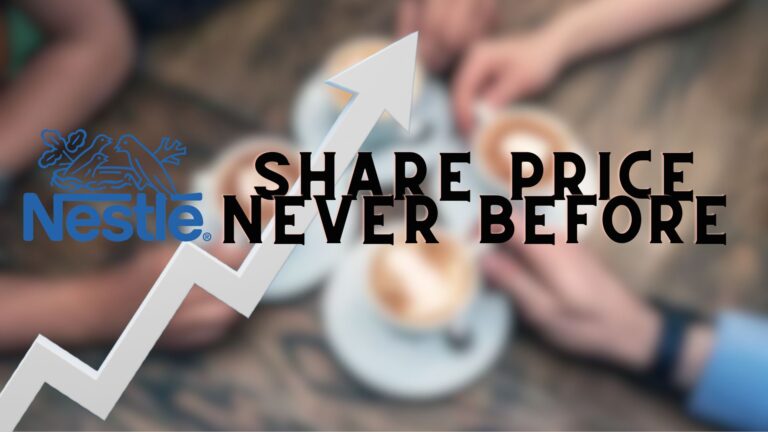
+ There are no comments
Add yours